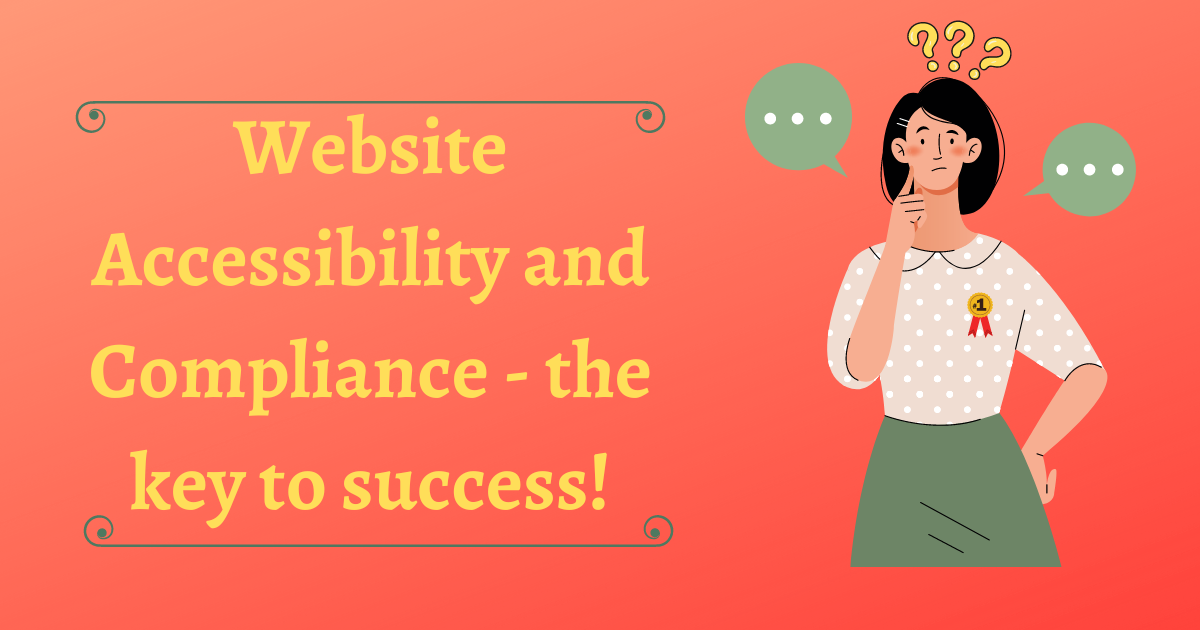
Website Accessibility and Compliance: Why it Matters
In today’s digital age, having a website that is accessible to everyone is more important than ever. Website accessibility refers to the practice of making websites usable for people with disabilities, including those with visual, auditory, motor, and cognitive impairments. Ensuring that your website is accessible not only benefits those with disabilities, but it also makes your website more user-friendly for everyone.
One of the most important reasons for ensuring website accessibility is legal compliance. In many countries, including the United States and the European Union, there are laws and regulations that require websites to be accessible to people with disabilities. For example, in the United States, the Americans with Disabilities Act (ADA) requires all public accommodations, including websites, to be accessible to people with disabilities. Failure to comply with these laws can result in legal action and significant financial penalties.
Another reason for ensuring website accessibility is to improve the user experience for everyone. A website that is accessible to people with disabilities is often easier to use for everyone, regardless of ability. For example, a website that is designed with good contrast and large text will be easier to read for people with visual impairments and for those who prefer to use larger text on their screens. Similarly, a website that is designed to be keyboard-navigable will be easier to use for people with motor impairments and for those who prefer to use the keyboard instead of a mouse.
To ensure that your website is accessible and compliant, there are several steps you can take. The first step is to perform an accessibility audit of your website to identify any areas that may need improvement. This can be done using automated tools or by manually reviewing your website. Once you have identified areas that need improvement, you can take steps to correct them. This may include adding alt-text to images, adding captions to videos, and improving the contrast and font size of text on your website.
It is also important to ensure that your website is compatible with assistive technologies, such as screen readers and magnifiers. This will allow people with disabilities to access and use your website more easily. Additionally, you should test your website regularly to ensure that it remains accessible and compliant with laws and regulations.
In conclusion, website accessibility and compliance are important for several reasons, including legal compliance, improved user experience, and improved accessibility for people with disabilities. By taking steps to ensure that your website is accessible and compliant, you can make your website more user-friendly for everyone and avoid legal action and financial penalties.





